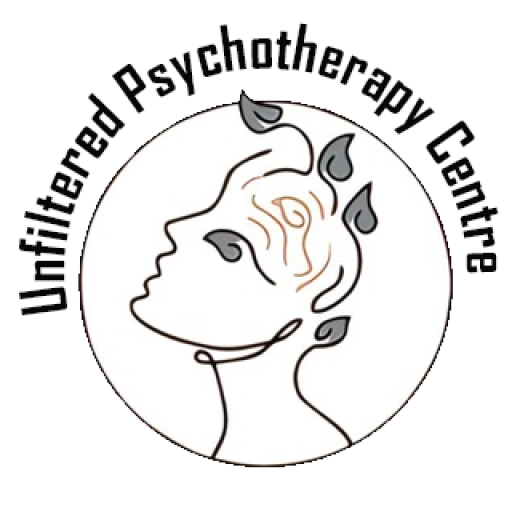
Introduction:
All-or-nothing thinking, also known as black-and-white thinking, is a cognitive distortion that can negatively impact mental well-being and hinder personal growth. This pattern of thinking involves viewing situations in extreme, dichotomous terms, leaving little room for nuance or gray areas. Overcoming all-or-nothing thinking is a crucial aspect of promoting mental resilience and fostering a healthier mindset. In this comprehensive guide, we will explore various strategies and activities to help individuals break free from the constraints of extreme thinking and embrace more balanced perspectives.
Section 1: Understanding All-or-Nothing Thinking
1.1 Definition and Impact
All-or-nothing thinking involves seeing situations as either completely positive or completely negative, with no middle ground. This cognitive distortion can lead to heightened stress, anxiety, and feelings of failure, as individuals struggle to meet unrealistic expectations.
1.2 Common Cognitive Distortions
Explore common cognitive distortions associated with all-or-nothing thinking, such as overgeneralization, filtering, and emotional reasoning. Understanding these distortions is crucial for developing effective strategies to challenge and change thought patterns.
Section 2: Recognizing All-or-Nothing Thinking
2.1 Developing Self-Awareness
The first step towards overcoming all-or-nothing thinking is cultivating self-awareness. Explore mindfulness techniques and reflective practices to help individuals recognize when they are engaging in extreme thinking.
2.2 Identifying Triggers
Examine common triggers that contribute to all-or-nothing thinking. By identifying situations or thought patterns that prompt extreme thinking, individuals can better prepare to apply coping strategies in those moments.
Section 3: Strategies for Overcoming All-or-Nothing Thinking
3.1 Cognitive Restructuring
Delve into cognitive restructuring techniques, which involve actively challenging and replacing negative thought patterns with more balanced and realistic alternatives. Cognitive restructuring worksheets can be powerful tools in this process.
3.2 Positive Self-Talk
Explore the importance of positive self-talk and how individuals can develop a more constructive inner dialogue. Replacing absolute terms with realistic and affirming language is a key component of fostering a positive mindset.
3.3 Mindfulness Practices
Discuss the role of mindfulness in overcoming all-or-nothing thinking. Mindfulness meditation, mindful breathing exercises, and staying present in the moment can aid in breaking free from rigid thought patterns.
3.4 Behavioral Experiments
Learn how to conduct small behavioral experiments to test the validity of extreme thoughts. Engaging in intentional activities that challenge all-or-nothing thinking can provide valuable insights into the true nature of situations.
Section 4: Practical Activities for Overcoming All-or-Nothing Thinking
4.1 Journaling
Encourage the practice of journaling to track and analyze thought patterns. Journal entries can serve as a record of personal growth and a reference point for identifying recurring cognitive distortions.
4.2 Gratitude Practice
Highlight the benefits of cultivating a gratitude habit. Regularly acknowledging and appreciating positive aspects of life can shift focus away from extremes and foster a more balanced perspective.
4.3 Role Reversal
Guide individuals in imagining themselves in the role of a supportive friend or mentor. This exercise helps promote objectivity and offers a different viewpoint on challenging situations.
4.4 Goal Setting and Achieving
Discuss the importance of setting realistic and achievable goals. Breaking larger goals into smaller, manageable tasks and celebrating incremental achievements contributes to a more positive self-perception.
4.5 Artistic Expression
Explore the therapeutic benefits of artistic expression, such as drawing, painting, or writing. Creative activities provide a non-verbal outlet for processing emotions and challenging rigid thought patterns.
Section 5: Seeking Professional Support
5.1 Importance of Professional Guidance
Acknowledge the significance of seeking help from mental health professionals. Therapists and counselors can provide personalized strategies and support tailored to individual needs.
5.2 Cognitive-Behavioral Therapy (CBT)
Highlight the effectiveness of cognitive-behavioral therapy in addressing all-or-nothing thinking. CBT techniques, including cognitive restructuring, are evidence-based approaches to promoting cognitive and emotional flexibility.
Conclusion:
Overcoming all-or-nothing thinking is a gradual process that requires dedication and practice. By raising awareness, challenging distorted thoughts, and incorporating practical activities into daily life, individuals can develop a more balanced perspective. Whether through self-help strategies or with the guidance of a mental health professional, the journey toward overcoming extreme thinking is a transformative path toward greater mental well-being and resilience.

